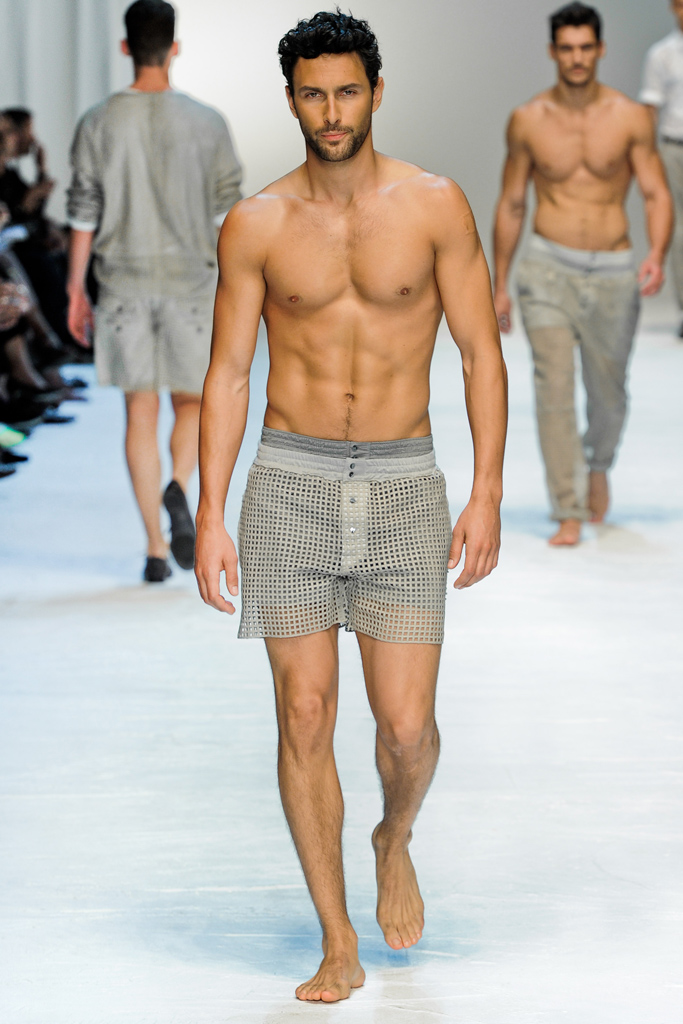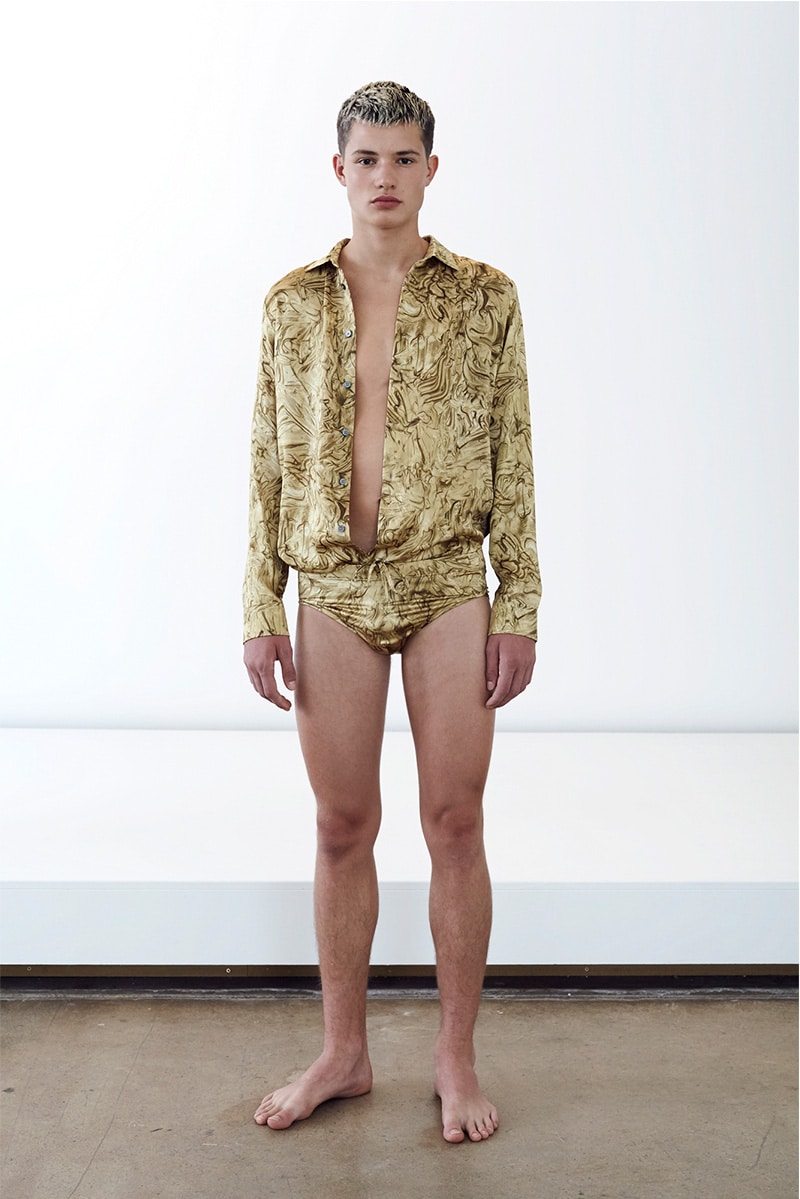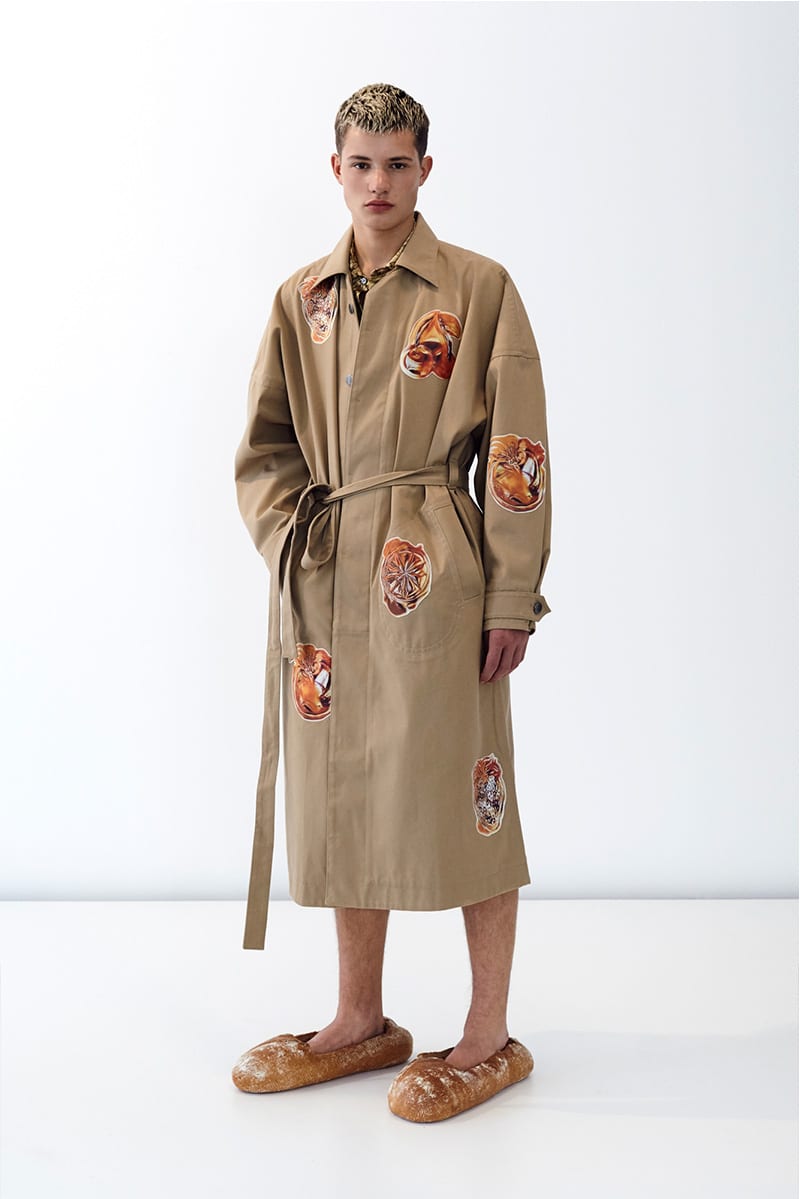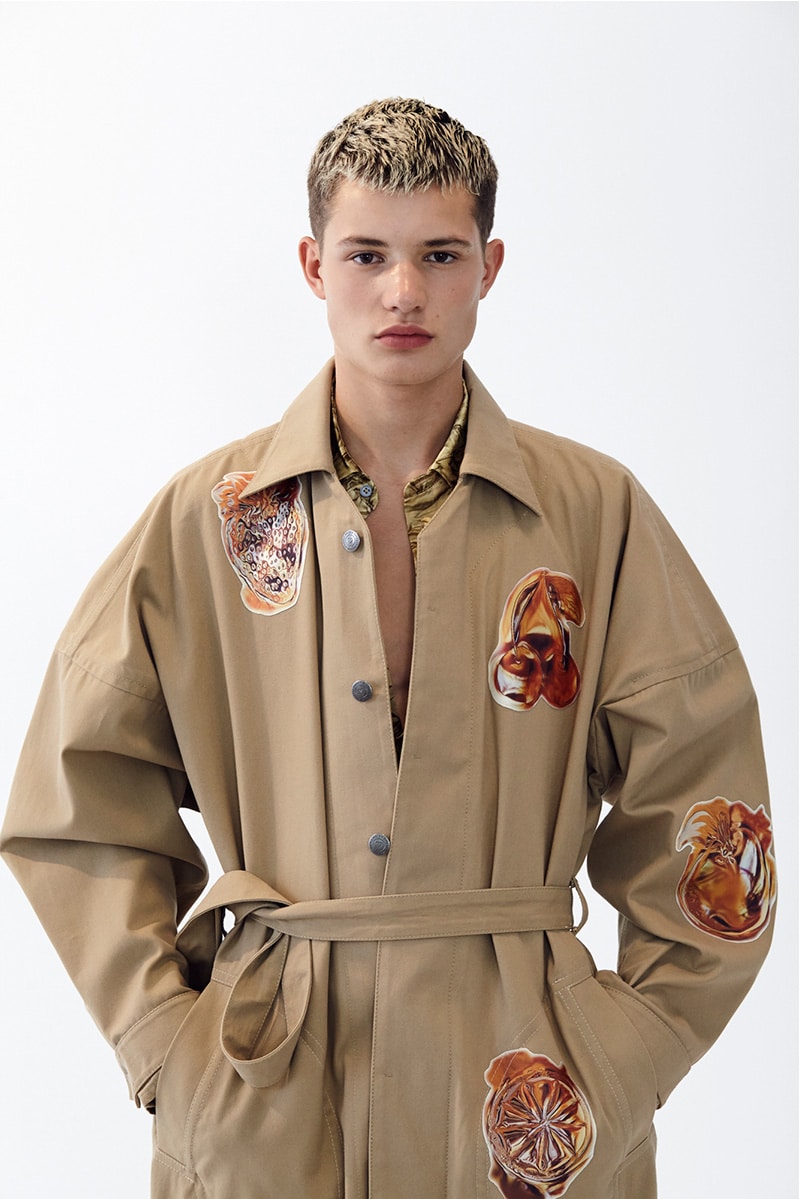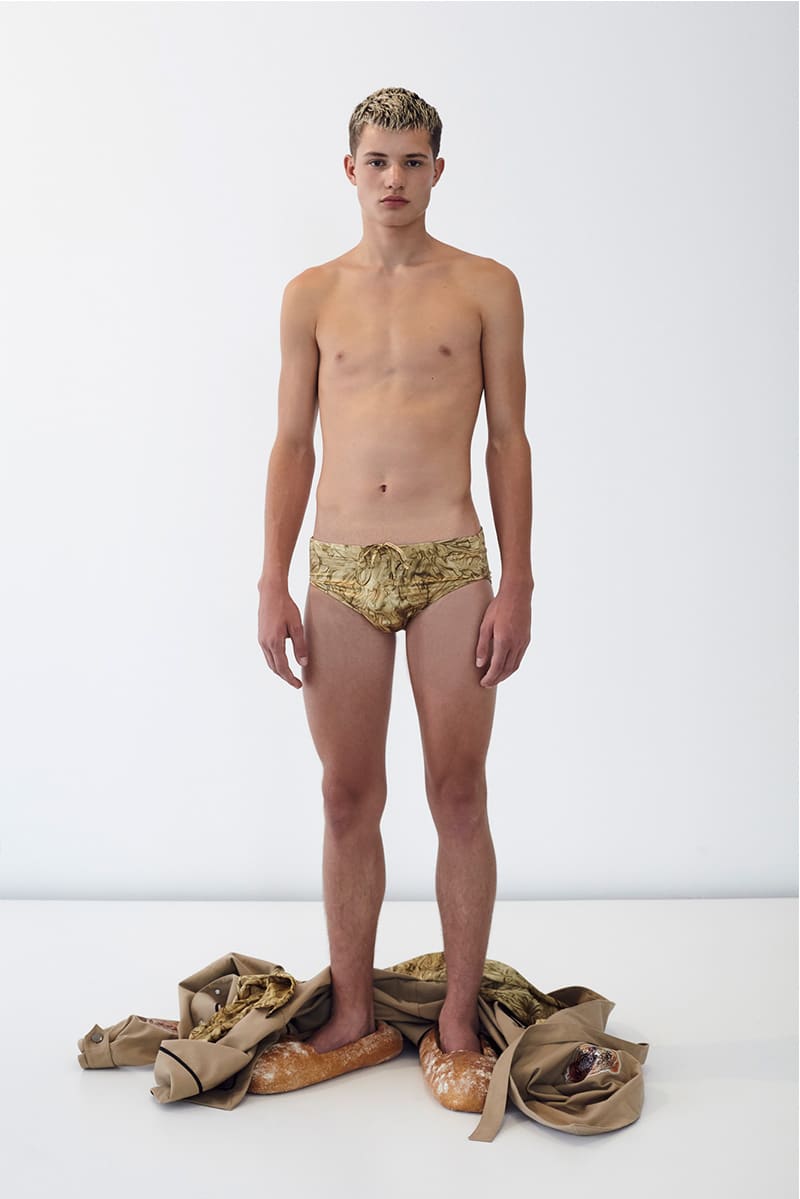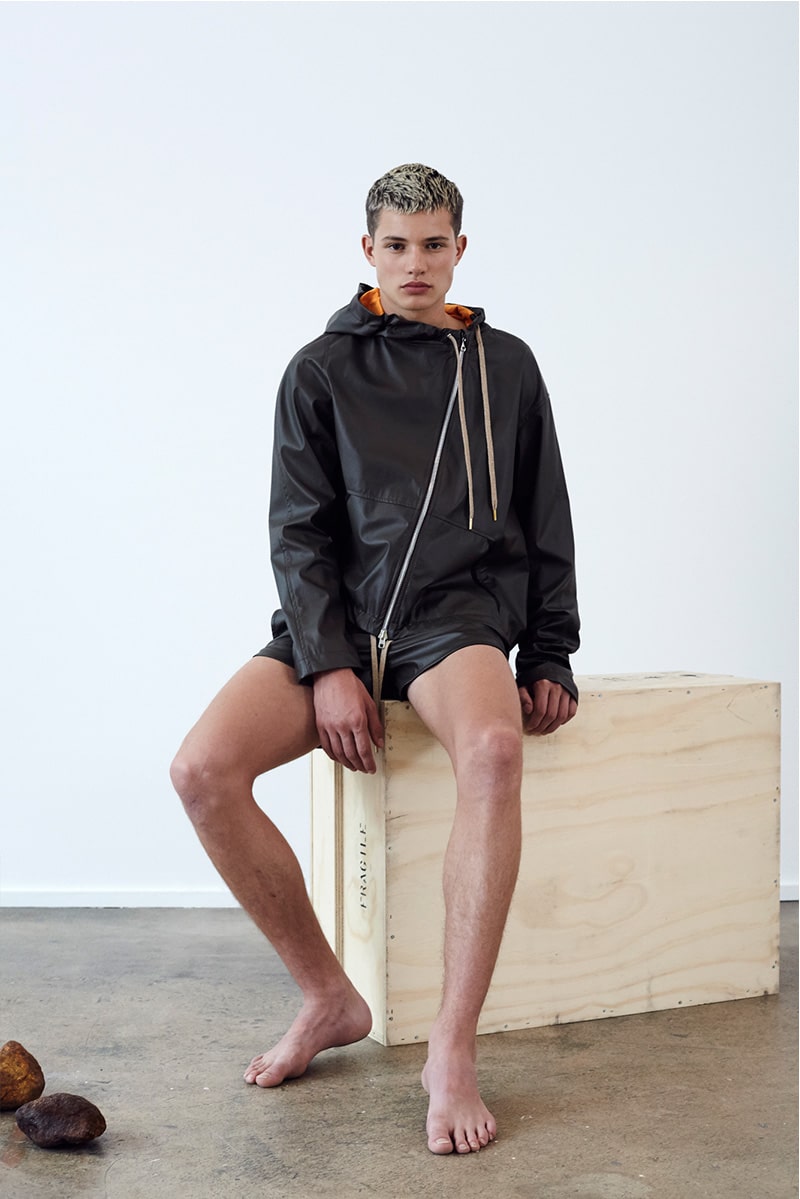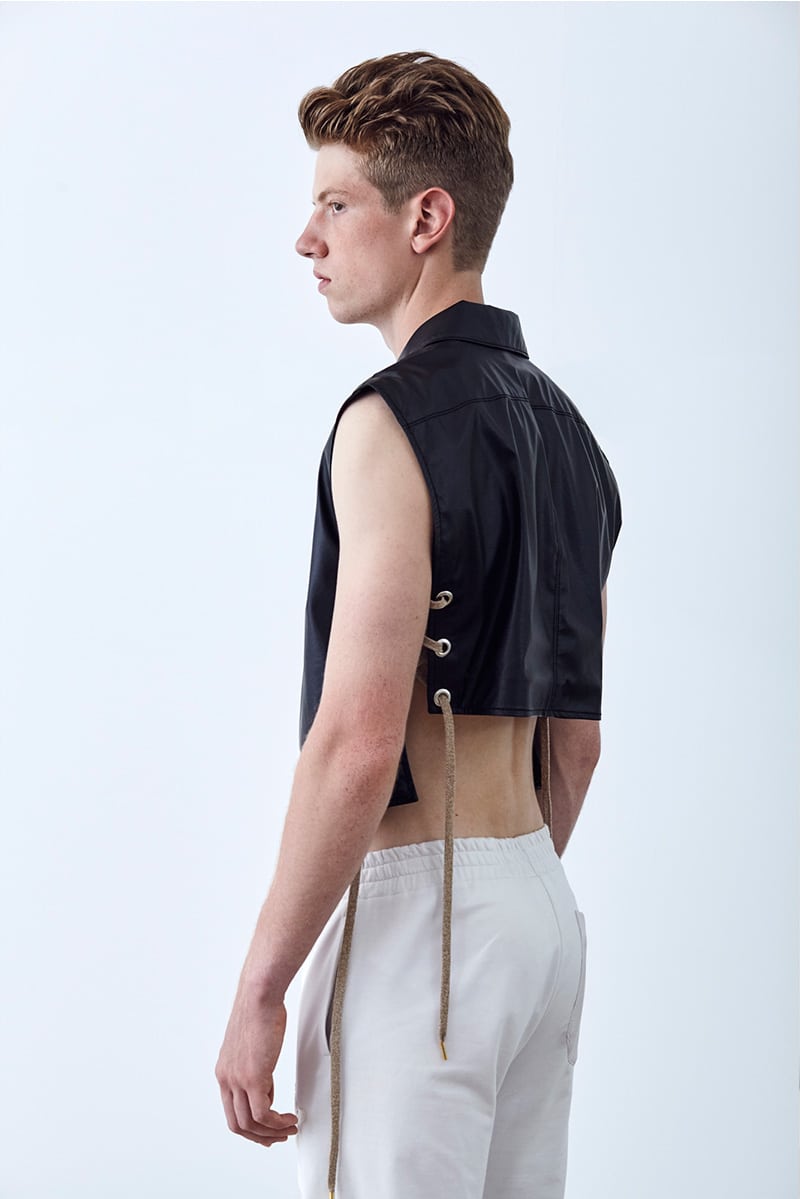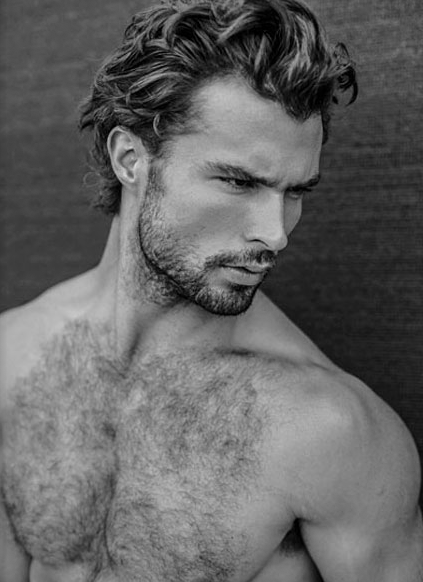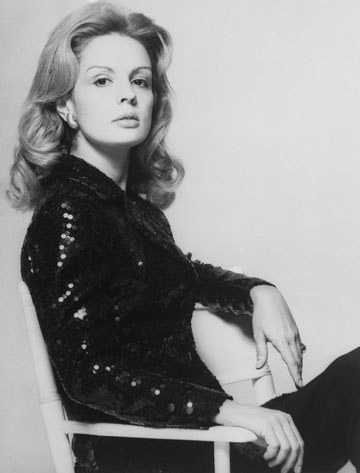Mr. Givenchy never complained, and even allowed in later interviews that Ms. Head may have at some point made a copy based on his design.
Around this time he was introduced to his creative idol, the Spanish
couturier Cristóbal Balenciaga, with whom Mr. Givenchy would share an uncommon bond for more than a decade. It was during this period that Mr. Givenchy’s style transformed from simple and girlish to lavishly embroidered and romantic, with a strict reverence for construction.
In 1959, he moved his atelier across the street from Mr. Balenciaga’s studio on the Avenue George V, and from then on the two enjoyed a creative relationship that produced memorable designs, like the chemise and the sack dress.
A devout Protestant, Mr. Givenchy regarded his talents as a gift from God, but in 2007 he told Women’s Wear Daily: “Balenciaga was my religion. Since I’m a believer, for me, there’s Balenciaga, and the good Lord.”
Mr. Givenchy was the founding chairman of the Cristóbal Balenciaga Foundation, which opened a museum dedicated to Mr. Balenciaga in Getaria, Spain, in 2011.
He maintained several residences, including an hôtel particulier decorated with paintings by Matisse and Picasso in Paris and an exceedingly g
rand chateau in France, the 16th-century Manoir du Jonchet. Its gardens were designed “as a delicate piece of embroidery,” he once said, describing a collaboration with one of his many longtime friends and clients, the American philanthropist Rachel Mellon, known as Bunny.
Six feet six inches tall, with a shock of sand-colored hair, chivalrous to a fault, athletic and handsome, Mr. Givenchy was the epitome of a French aristocrat.
Son of a Marquis
Count Hubert James Marcel Taffin de Givenchy was born on Feb.
21, 1927, in Beauvais, France, the younger of two sons of Béatrice Badin, who was known as Sissi, and Lucien Taffin de Givenchy, the marquis of Givenchy. His mother’s family was well connected with the great tapestry artisans of Beauvais, and his father’s had been ennobled in the 18th century.
After Lucien died of influenza in 1930, Hubert and his brother, Jean Claude, were brought up by their mother and maternal grandparents. He was introduced to the fine craftsmanship of textiles at an early age.
When Hubert was 10, the family visited a Parisian fair, organized by the couturier
Jeanne Lanvin, which included a display of fashions by Chanel, Elsa Schiaparelli and other designers. It was a moment that Mr. Givenchy later remembered as inspiring his career.
“It was always my dream to be a dress designer, and my mother accepted that decision,” he recalled during a talk at the Oxford University Union in 2010.
At 17, he left for Paris to study at the École des Beaux-Arts. The next year, through his family’s connections, he began an apprenticeship with the innovative couturier
Jacques Fath. In short order, he went on to work in the studios of Robert Piguet, a Swiss designer known for his rigorous organization and devotion to classical elegance, in 1946, and
Lucien Lelong the same year, after Christian Dior had left that house to establish his own.
From 1947 to 1952, Mr. Givenchy worked for the eccentric Ms. Schiaparelli, dreaming of starting his own house even as leading couturiers, including
Edward Molyneux and Mr. Piguet, were closing their doors because of the rising costs for luxury fabrics.
The March 3, 1952, issue of Life magazine introduced Mr. Givenchy to American audiences in a four-page feature: “De Givenchy, a New Name in Paris.” The young designer had planted his flag in a tiny showroom at
8 Rue Alfred de Vigny, heralding a new concept for modern women: separates that were designed to be worn interchangeably, creating multiple outfits from a few key pieces — three tops plus three skirts equals nine outfits.
A white cardigan with coral beads, an organdy blouse and a fringed black sweater could be worn with a black skirt, a longer black skirt or a striped black skirt. Part of Mr. Givenchy’s strategy was practical: His fabrics cost about a third less than those of his competitors, and he recognized the growing market in America for sportier fashion and ready-to-wear. He also hired Ms. Graziani, who ensured that important buyers and editors would pay attention.
Life magazine wrote: “His small collection ranged from coats and ball gowns that compete with the seasoned haute couture, to fashion gimmicks like a paper-lantern-pleated babushka, big sleeved blouses in washable shirting and ‘Garbo’ hats. These were displayed in a show as smoothly elegant as the most experienced house in Paris could put on — in quarters so cramped that ironing was done in the bathroom.”
The Bettina blouse, a white cotton shirt with black-embroidered flamenco ruffles, became a sensation. At the time it was common for American retailers to pay a fee, called a caution, to couture designers in order to buy their patterns, so that they could copy them line for line at home. A copy of the Bettina blouse sold at Russeks in New York for $10.95, while two examples of couture originals with lavish embroidery from Mr. Givenchy’s first collection, according to The New York Times that year, cost $2,800.
Mr. Givenchy created one of the most recognizable fashion labels in France, with products licensed for children’s wear, men’s dress shirts, and at one point a
Givenchy edition of a Lincoln luxury car.Ladylike Meets Chic
Critics described Mr. Givenchy, with due respect, as dependable for creating tasteful clothes that looked timeless — dramatic capes and shawls, two-piece evening dresses, simple jersey bodices and minimalist tunics in a brilliant array of colors. Designs that were chic and ladylike were the hallmarks of the house.
Mr. Givenchy’s nephew James de Givenchy, one of Jean Claude’s seven children, is the designer of the New York jewelry collection Taffin.
Hubert de Givenchy’s wealthy clientele included the Duchess of Windsor, who wore a coat to her husband’s funeral that was reportedly created by Mr. Givenchy overnight. Jacqueline Onassis, when she was Jacqueline Kennedy, had to publicly renounce French couture during her years as the first lady.
Among many awards, Givenchy received the Chevalier de la Légion d’Honneur in 1983 and a lifetime achievement award from the Council of Fashion Designers of America in 1995. He was named to the International Best Dressed List Hall of Fame in 1970.
Mr. Givenchy sold his house to the luxury conglomerate LVMH in 1988 and continued to design there until his retirement. Just hours after he presented his final couture collection, in 1995, the company announced that his successor would be the brash British upst
art John Galliano, who moved to Dior a year later and was replaced by another maverick, Alexander McQueen.In 2005, the label was handed to the Italian designer Riccardo Tisci, who introduced an aggressive aesthetic of street wear printed with gaping sharks and raging Rottweiler graphics in addition to more avant-garde evening wear.
Mr. Tisci’s muses included the transgender model Lea T and the reality television star Kim Kardashian and her husband, Kanye West — providing a fascinating contrast of aesthetics to the Hepburn-Givenchy dynamic upon which the elder designer, for the most part, refrained from remarking.
In a 2007 interview with Women’s Wear Daily, however, Mr. Givenchy allowed: “I suffer. What is happening doesn’t make me happy. After all, one is proud of one’s name.”
This was a rare moment of indiscretion. Normally, he would say that he took no interest and that he was too busy to look at Givenchy collections since he retired. It was unseemly, he said, to complain.
Last March, Clare Waight Keller became the first woman to run the creative side of the Givenchy house when she was named artistic director, replacing Mr. Tisci.
Speaking to the Oxford students in 2010, Mr. Givenchy gave this piece of advice to the aspiring designers among them:
“You must, if it’s possible, be born with a kind of elegance. It’s part of you, of yourself.”





